I'm assuming you didn't kill the entire SVN and "solved" that by starting over from rev 1. I'm assuming some intermediate revision got corrupted and you had to touch and commit every file in a new revision, but older revisions are visible and accessible in the SVN history. The Annotations feature, and Plan B both rely on that.
What the textbook offers
Excluding a single mid-range revision is not possible, given a certain history. You can only exclude head or tail ranges by specifying revisions other than 1 for the "From" and HEAD for the "To".
Say the "repair" revision you want to exclude is r1000. To exclude it, you can choose to consider either (from-to) r1-r999 or r1001-HEAD, leaving out r1000. So you are confined to either viewing the changes before or after the repair.
You can read up on the possibilities and options of what's internally called svn blame in the SVN documentation.

Plan B
Now, that's not really satisfying, I imagine. Here's something else you can try, but please create a backup of your repo first.
- With the help of the SVN history viewer, or log viewer, find the last revision before the corrupted revision, say
r997.
- Make a branch based off that last good revision.
- Then delete or move the current trunk, using the corresponding SVN commands.
- In the last step, move or branch(=copy) the branch back to the trunk location.
You have effectively cut out the corrupt revisions. The branch-now-trunk has a "hole" in its revision numbers, because branching off r997 created a new revision younger than the corrupted and repairing revisions. Afterwards, showing annotations on that new trunk will work like before, but wont include the corruption and your "repair".
Here, I made an illustration for you:

This operation can screw up some ancestry operations like merging, but I've done it successfully before, even with large merging operations later on, so you might as well try it, too. Good luck!

